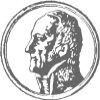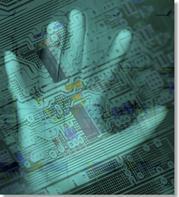Theoretical Physics of Matter: Quantum Information
The new researches in computer science and quantum technology have a twofold foundational and applied character. They mainly involve the quantum theory of measurement and the new field of quantum information. The most relevant fields of application are: high sensitivity measurements, quantum interferometry, new quantum measurements schemes, quantum communications, quantum and classical channel capacity evaluation, the characterization of transformations and states using tomographic methods, quantum cryptography, quantum cloning. Research efforts mostly involve new optimization techniques for designing new devices for the new quantum information technology. At the fundamental level these researches reconnect with new theoretical methods in quantum theory, establishing the in-principle limitations for transformations and measurements. They also involve a new axiomatization framework for the theory. Then new optimization approaches for measurements and processes reconnect to the general engineering problems of learning, automation, and control.
Many applications of quantum information are of great interest, and are currently at different levels of development. Entangled states can be used for encoding and transmission of quantum information. Such states can be created via parametric downconversion of vacuum in non linear optics, in this way producing couples of photons entangled in polarization. Entangled states play a crucial role in most applications of quantum information. An application already in use is that of quantum cryptography, used for secure banking and and other purposes where a high level of security is needed. In addition to the above applications, it is nowadays possible to reconstruct quantum states and transformations by the method of quantum tomography, and it is possible to optimize the architecture of quantum circuits using the new method of quantum combs. Among in-principle possible applications for the future we have the protocol of teleportation, nowadays achieved only with few qubits. The development of the above concepts and applications will be pervasive within the future information-based society.
Staff: G.M. D'Ariano, C. Macchiavello, L. Maccone, P. Perinotti, M. Sacchi





